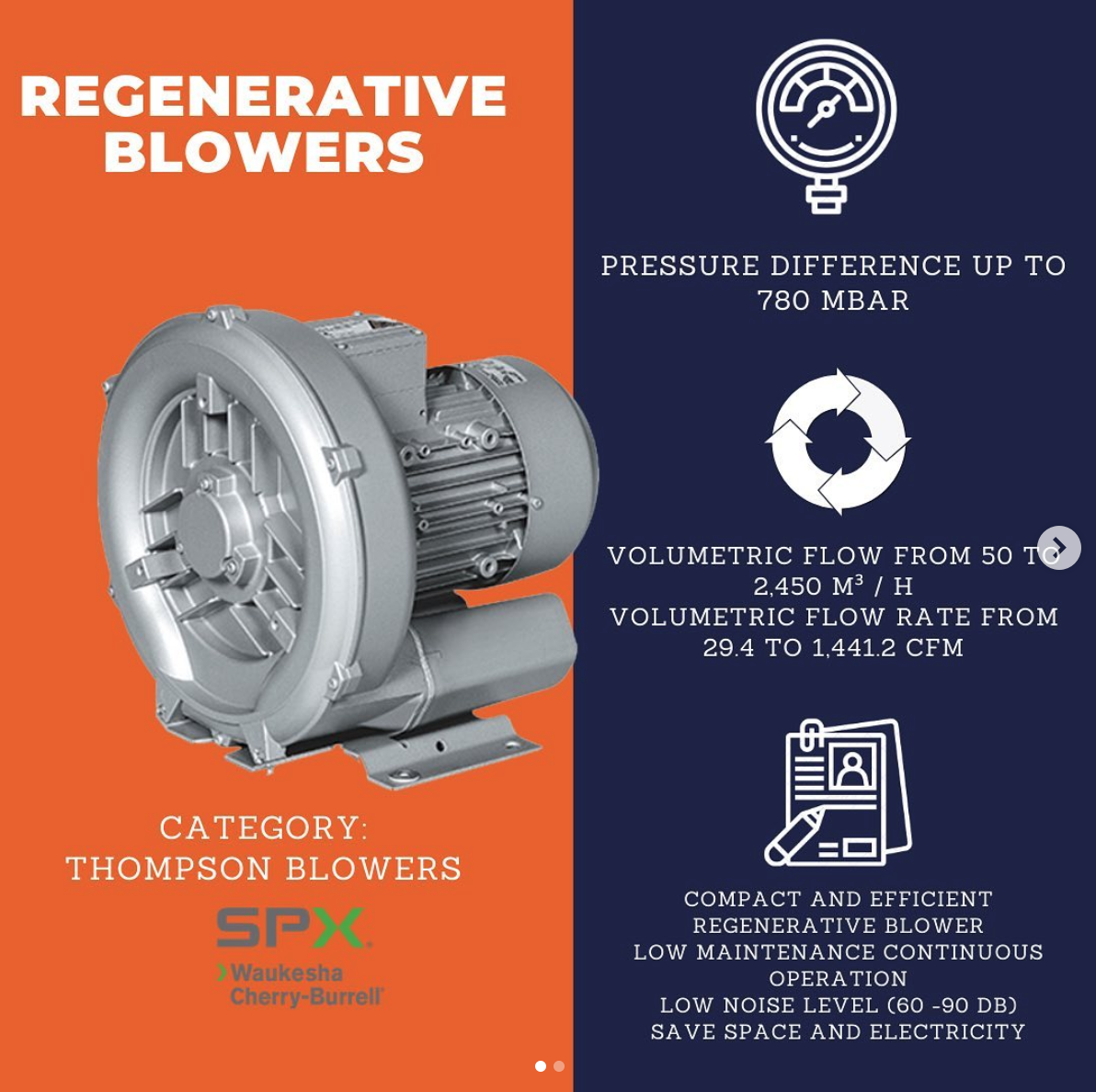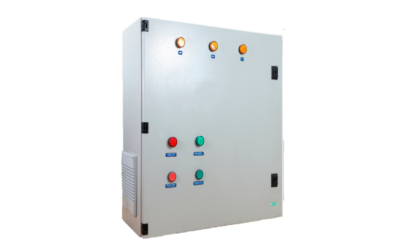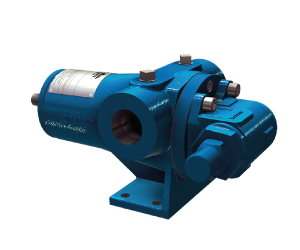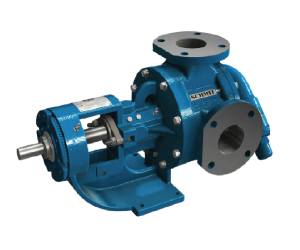Efficiency and profitability in industrial separators and clarification in the dairy industry.
The main objective of industrial separators is to satisfy the current and future needs of the customer at all times.
To this end we strive to design, develop and supply through a collaboration with our customers, an innovative approach and cutting-edge R&D, the best separation solutions for the dairy industry that offer excellent quality and performance to the lowest possible cost.
Applications
-Hot milk skimming with centrifugal separators
Skimming of milk during pasteurization is the most common application for centrifugal separators in the dairy industry.
The objective of the skimming process is the separation of raw milk into skimmed milk and cream. Typically the product temperature should be between 45 ° C and 55 ° C (113 ° F and 131 ° F) to ensure optimal skimming efficiency, although the latter also depends on other factors:
Transport of whole milk, its temperature and storage time, seasonal variation, milk quality, mechanical treatment or free air content upstream of the separator.
The effectiveness of skimming is expressed in terms of residual fat content in skimmed milk.
With operation at rated power, the residual fat content of centrifugal separators is generally placed in the following ranges:
• 0.03 – 0.05% (measurement according to the Gerber method);
• 0.040 – 0.055% (measurement according to the Röse-Gottlieb method)
-Cold skimmed milk with centrifugal separators
Cold milk separation at> 4 ° C occurs in a number of processes, including:
• The process of making cheese using unpasteurized milk;
• The prenormalization process (avoiding double heating);
• The production of high quality cream.
Although the centrifugal separation of cold milk enables significant savings in energy and thermal equipment (for example, in heat exchangers), its efficiency is lower than that of hot skimming and its cream concentration cannot exceed 40- 42%. Skimming efficiency will improve if the temperature is increased or the flow is reduced. On the other hand, the viscosity and other characteristics of the cream at low temperatures require the use of a special hermetic separator.
-Milk clarification
In many cases, the milk must be clarified as soon as it is received from the farm to remove possible dirt particles or somatic cells such as leukocytes.
This action will reduce the presence of the Listeria bacteria, which is trapped inside these leukocytes. The clarifier can work with both hot and cold milk. However, the clarification efficiency will improve at elevated temperatures.
Centrifuges for separating milk (skimming process) can also be used for clarification, although their efficiency is lower compared to that of milk clarifiers.
-Automatic normalization of milk and cream
The Seital series automatic normalization unit, a genuine system developed by SPX, uses an extremely accurate Coriolis meter to determine the density of the cream coming from the separator.
This unit automatically controls the separator output parameters – such as skimming back pressure or cream concentration – and offers a touch screen interface that allows adjustment of the amount of fat in milk and cream based on of the formulas defined by the operator.
The unit is available as a standalone module, which can be connected to an existing separator, or as an integrated module on the same platform as a new separator.
-Processing whey
Centrifugal separators play a fundamental role in the processing of whey, since they allow the recovery of the fat or its preparation for the concentration process
Whey clarification – The main objective of whey clarification is the elimination of the curd fines to obtain the highest possible efficiency in the subsequent fat separation processes. The best system for the reduction of cheese fines is the use of a centrifugal clarifier.
-Processing cream and butter oil
Cream concentrators Concentrating cream is a common task in the dairy industry. For this reason, centrifugal separator technology offers specific units that allow:
• The production of cream rich in fat
• Minimizing residual fat in the buttermilk obtained.
High fat cream can be considered the first stage of processing for butter oil production or the starting point for alternative butter production.
Whey processing
Centrifugal separators play a fundamental role in the processing of whey, since they allow the recovery of the fat or its preparation for the concentration process.
Whey clarification
The main objective of whey clarification is the elimination of curd fines to obtain the highest possible efficiency in subsequent fat separation processes. The best system for the reduction of cheese fines is the use of a centrifugal clarifier.




